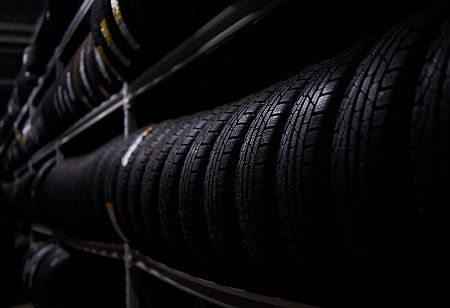
Tyre makers are facing challenges as natural rubber prices have surged by 33% year-on-year during the first five months of this fiscal year due to strong demand and limited supply, potentially affecting profitability, according to Crisil Market Intelligence and Analytics (MI&A).
Domestic natural rubber prices averaged Rs 238 per kg in August, significantly higher than trends from the past decade. The last time prices surpassed Rs 200 per kg was in 2011, driven by a recovery after the global financial crisis and accommodative monetary policies. Between 2008 and 2011, prices grew at a compound annual rate of 101% but subsequently remained below Rs 150 per kg for the next decade.
Prices have risen again since the end of 2023, driven by a tight supply of natural rubber globally, coupled with steady demand from the automobile and other consuming industries. Crisil’s Pushan Sharma emphasized that while previous price spikes were triggered by specific events like farmer protests and the pandemic, the current rise is due to fundamental demand-supply dynamics.
Between 2011 and 2023, global natural rubber production grew by 35%, while demand increased by 40%, creating a supply crunch and pushing up prices. As natural rubber constitutes 20-40% of the weight of tyres, this has a significant impact on tyre manufacturers' profitability, with tyre companies consuming about 80% of India's natural rubber supply.
In the first quarter of this fiscal year, the operating margins of the top five Indian tyre makers fell from 16% to 14%, as natural rubber prices increased by 22% year-on-year. With continued high demand and restricted supply, natural rubber prices are expected to stay elevated, impacting tyre manufacturers' margins until at least fiscal 2025. Crisil’s Mohit Adnani projected that the rubber market deficit will triple in 2024, further straining supply and putting pressure on the industry.
We use cookies to ensure you get the best experience on our website. Read more...